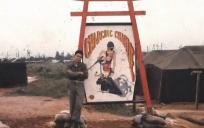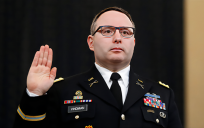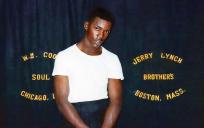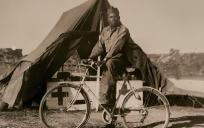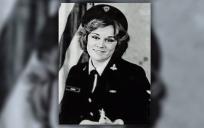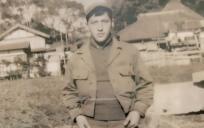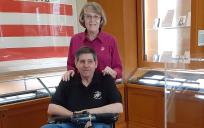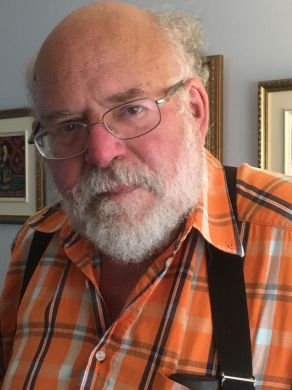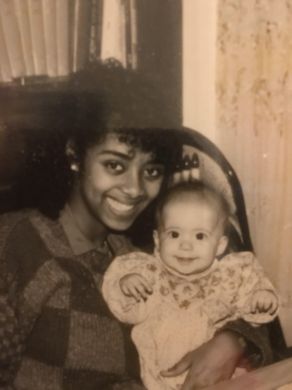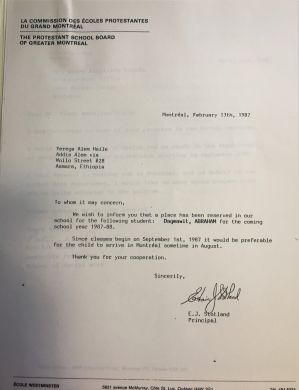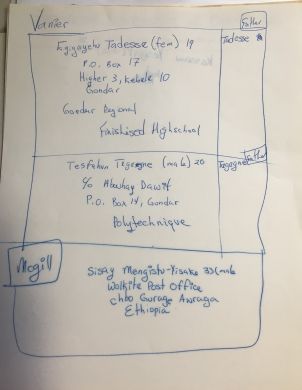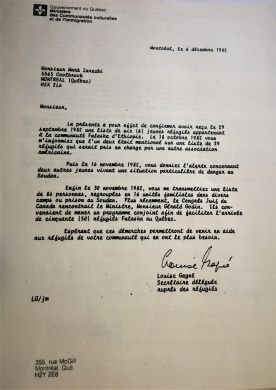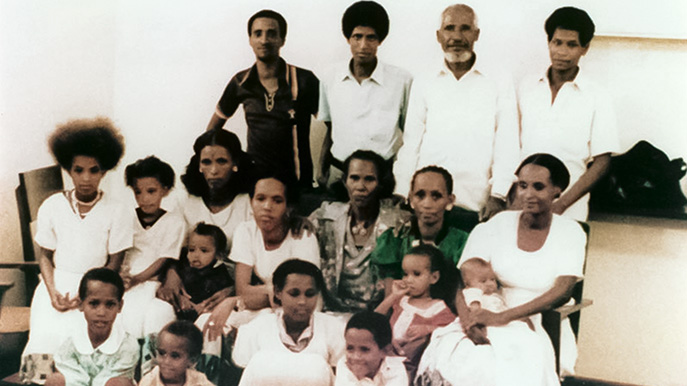
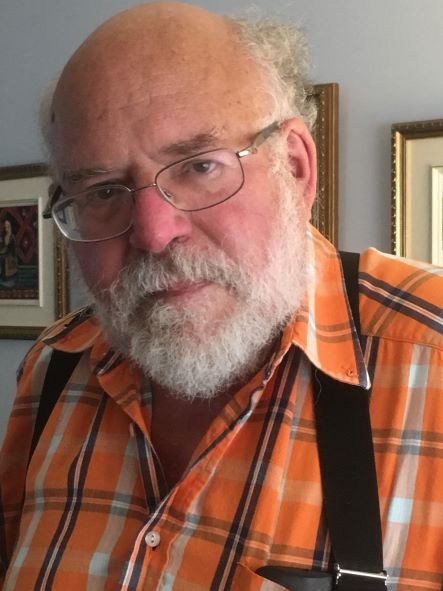
Record date:
Mark Zarecki, Ethiopian Rescue
Mark Zarecki enjoyed a pleasant childhood growing up in Montréal, yet as a child of a Holocaust survivor father, he was motivated to dedicate his life to service. In this interview, Zarecki relates his efforts in the rescue of two hundred Ethiopian Jews in tandem with the Parti Québécois, during the Red Terror and it aftermath sparked by Mengistu Haile Mariam’s military junta. Although there have been recent attempts to popularize little known Israeli operations (vs the major Operation Moses and Operation Solomon) as seen by the movie, The Red Sea Diving Resort, the Québec [Canada] rescue is largely an untold story.
As a teenager, Mark advocated for the emigration of Jews from the Soviet Union to have the freedom to live openly as Jews. From his advocacy on behalf of Soviet Jewry, he learnt a lesson which he applied later in his efforts on behalf the Ethiopian Jews: one must be proactive and daring in order to change the status quo.
Zarecki trained as a social worker at McGill University and became the Executive Director of Hillel Foundation, the Jewish students’ organization, at that same university, a fact which will come into play in the rescue later on.
In 1979-80, Zarecki would have meetings with Yona Bogale, Baruch Tegegne, and Louise Gagné which were pivotal. Bogale, the leader of the Ethiopian community in Israel, and Tegegne, a “virulent fighter for the Ethiopian Jews” were in Montreal at different times, raising awareness of the plight of their brothers trapped there. Although the junta violently targeted numerous groups, the Jews, known by the derogatory name Falashas [stranger in Amharic] were particularly vulnerable. To give just a snapshot of the general violence, Zarecki relates how Gelilah Tilahun, his foster daughter, told him how she and other elementary age kids saw, from balconies, how people were being slaughtered on the streets of Addis Ababa.
Tegegene would introduce Mark to Louise Gagné, an official of the Quebec department of immigration, under the direction of Gérald Godin, Minister of Immigration and Cultural Communities. Gagné had visited refugee camps in the Sudan and there met Ethiopian Jews who had walked from their villages to Sudan, living in deplorable camp conditions, and hiding their Jewish identity for fear of their lives. Gagné was an ideologue of the first Parti Quebecois government, whose separatist platform was perceived by many non-Francophones as chauvinistic. Yet it was Gagné who had game plan in mind and was seeking partners in the Jewish community. Shortly later, Minister Godin had signed off on a “visa program”.
This may have been based on the Couture - Cullen Agreement, signed February 1978 by both the Quebec and the federal minister of immigration, whereby Quebec could select their own immigrants. At least as far as Ethiopian Jews, Zarecki explains that the federal government issued visas, with the proviso that Quebec would accept those immigrants.
Zarecki noted that Canadian Jewish Congress was initially slow to respond so he picked up this overture. With the advice of the more established rescue groups in the US, such as the American Association for Ethiopian Jews, led by philanthropist Graenum Berger, he began to develop the tools to grant Ethiopian Jews visas. Initially, it was straightforward – merely sending wedding invitations was sufficient. Soon though suspicions were aroused and so other approaches were necessary. Observing Ethiopian students on campus, Zarecki hit upon the idea of a faux student visa program. Through faculty whom he knew, he approached administrators at McGill University, Vanier College and Dawson College. They all agreed to issue false acceptance letters for “students” for this humanitarian purpose. Each university assigned one person in their office to code the “applicants” and the faux letters of acceptance. If questioned by the Ethiopian government, they would confirm the authenticity of the letters and then relay this information to Zarecki.
Another means of distributing visas was by asking churches to “invite” Ethiopians to visit them; indeed, he used his family home address to pose as one of the “churches”. After the interview, Zarecki also uncovered documents in his home indicating that a variety of businesses and places of employment issued fake visas.
In order to publicize this cause more widely, Zarecki established the Task Force for Ethiopian Jewry comprised of students active in the Hillel Foundation, to do outreach. Similarly, Mark Doige, who met Tegegne in Washington, was inspired to start another lobbying group, the Canadian Association of Ethiopian Jewry.
Zarecki also elucidates the funding aspect of the operation. Montreal Jewish patrons, many whom were Holocaust survivors, generously donated money for this purpose. In order to find a way to transfer the funds to Ethiopia, Stephen Lewis, Canadian ambassador to the UN, facilitated a meeting between Mark and Canadian Prime Minister, Brian Mulroney. The Canadian government would send money to the UN High Commissioner for Refugees in Addis Ababa via diplomatic post. This then would be distributed to Ethiopians to bribe officials and to pay for their airfare. The key person on the ground, Malka Abraham, Baruch Tegegne’s relative. She had the dedication, education, connections (her husband was a government official) i.e., the savvy to know whom to bribe.
Zarecki noted that the Canadian Jewish Congress came on board only after they saw some success in his efforts and then rallied. All in all, about two hundred Ethiopian Jews and related others, such as Christians married to Jews, were taken directly out of Ethiopia by this “operation”. The majority hailed from Addis Ababa and some were from villages in the Gondar province. The Jews were flown to Italy where there were reception centers, working in tandem with Israel, so that the recent arrivals could have the option of moving to Canada or to Israel. About half chose to settle in Canada and some later made aliya to Israel, from Canada. This also circumvented the more arduous journey of fleeing by foot to camps in Sudan where Israeli Mossad operatives worked on bringing refugees to Israel.
When asked whether Mark was afraid of personal repercussions from the Ethiopian government, he replied in the negative. In fact, Zarecki accompanied Executive Director of Canadian Jewish Congress, Alan Rose, to the Ethiopian embassy in Washington – since there was no diplomatic representation in Canada then – in which Rose discussed the operations. In fact, the Embassy proved helpful in releasing a few Jewish teens from prison.
When Israel began to step up their covert operations, Zarecki began to receive weekly calls from Itshak Shalev, the First Secretary of the Israeli Embassy in Ottawa, reporting on the numbers of people whom Israel had evacuated from Sudan. This led up to or was part of Operation Moses, whereby 8,000 Jews were airlifted from Nov 21, 1984 – Jan 5, 1985 to Israel. Zarecki attributes this to the election of Prime Minister Yitshak Shamir, in 1983, who was particularly empathetic to the Beta Israel. Once Zarecki learned that Israel was operationalizing intensely, he realized that there was no need to continue the Quebec visa program.
In 2002, Zarecki merited Queen Elizabeth II’s Golden Jubilee Medal, awarded to Canadians who contributed to public life. Regarding Zarecki’s rescue works, the Talmudic phrase from, Sanhedrin 37A is on target:
“Whoever saves a single life is considered…to have saved the whole world.”
